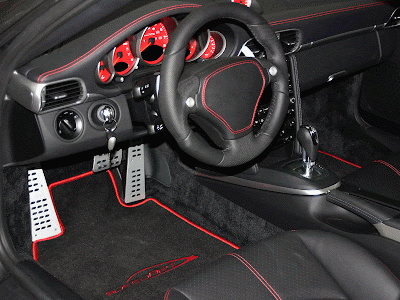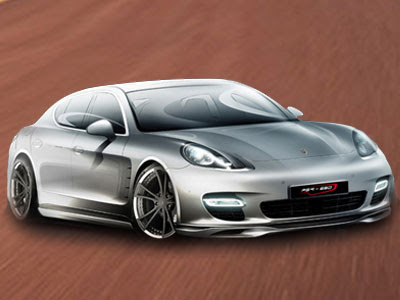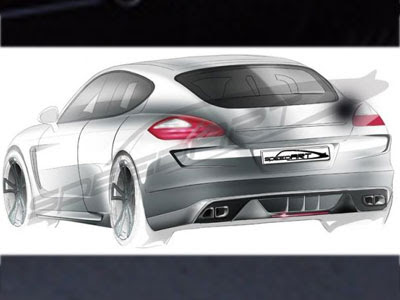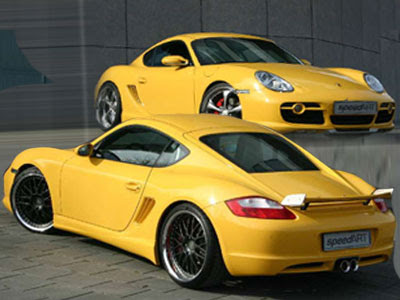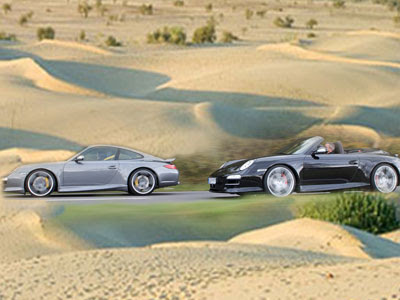2013 Dodge Sports Car SRT GTS 477kW Viper

2013 Dodge Sports Car SRT GTS 477kW Viper
One of the most awaited and anticipated models of the 2012 New York Auto Show finally made its appearance. It’s the new generation Dodge Viper about which it was originally thought will no longer have a successor. The Americans couldn’t let one of the Chrysler Group’s iconic model to die and, along with the Italians from Fiat, they have given rise to the offspring that gets the Viper name and add before the SRT abbreviation – from the performance division of Dodge.

2013 Dodge Sports Car SRT GTS 477kW Viper
The fifth generation of the iconic two-seat, American-built supercar has been deliberately evolved to incorporate superior craftsmanship, a host of new technologies and ergonomic improvements while respecting its visceral legacy of outright performance. The all-new 2013 Dodge Sports Car SRT GTS 477kW Viper was unveiled at the 2012 New York International Auto Show, marking its highly anticipated return to the high-performance sports car market.
Speaking at the 2012 New York motor show Gilles told Drive it would cost almost $20 million dollars and require annual orders of at least 500 cars to justify relocating the steering wheel on the Viper.

2013 Dodge Sports Car SRT GTS 477kW Viper
For the 2013 model year, two new models of the iconic supercar will be hand built at the Conner Avenue Assembly Plant in Detroit - the home for Viper since 1995. Both SRT Viper and SRT Viper GTS models offer new interior and exterior designs incorporating premium materials and new exterior surfaces with aerodynamically functional details that are beautifully integrated into the high-tech carbon fiber and aluminum skin. On the inside, designers and engineers strived to rethink all touch points; and upgrade all material appointments and technologies. Compared with the old generation, the new 2013 Dodge Sports Car SRT GTS 477kW Viper adopts aluminum doors and roof, the boot door and hood being made from carbon fiber. All designed to reduce the total mass of the muscle car.

2013 Dodge Sports Car SRT GTS 477kW Viper
Dodge introduced at 2012 New York Auto Show a new generation for the SRT Viper supercar. The 2013 SRT Viper gets a 8.4-liter V10 engine, which can provide 640 brake-horsepower and a torque of 812 Nm. Wild V10-powered two-seater could be as quick as a Lamborghini. The Chrysler Group has revived its fastest and most revered sports car in the form of the SRT Viper. But don't expect the 8.4-litre V10 two-seater coupe to come to Australia as there are no plans to build it with the steering wheel on the right.

2013 Dodge Sports Car SRT GTS 477kW Viper
New 2013 Dodge Sports Car SRT GTS 477kW Viper V-10 Engine Offers More Power, More Torque, Less Weight. At the heart and soul of the 2013 SRT Viper is a hand-assembled 8.4-liter all-aluminum, V-10 engine. The iconic V-10 has been continuously upgraded over the years with improvements in oiling, airflow and an industry-first, single-cam variable-valve timing system. For 2013, the engine features a new ultra-high-flow, composite intake manifold for improved air distribution, new forged pistons, new lightweight, sodium-cooled exhaust valves and an aluminum flywheel. The engine also includes new exhaust catalysts to reduce backpressure. The result is a significant improvement of 40 lb.-ft. of torque and 40 horsepower with weight savings of more than 25 pounds for the fully dressed engine.

2013 Dodge Sports Car SRT GTS 477kW Viper
Coupled to the more powerful engine is a Tremec TR6060 six-speed transmission that has been refined with tighter gear ratios and a shifter with reduced throws to maximize driver involvement, while effectively transferring power to the pavement. Additionally, the final -drive ratio has been shortened to 3.55 from 3.07 giving the 2013 SRT Viper even more voracious and effortless acceleration at all speeds.

2013 Dodge Sports Car SRT GTS 477kW Viper
For 2013, all Viper models will feature traction control. To help maximize traction for straight-line performance, all Viper models also will include launch control as standard equipment. The new Viper is the fastest and sleekest yet, partly thanks to a new lightweight body with carbon fibre panels and aluminium doors that help reduce the overall weight by 45kg. Its aluminium V10 - 13kg lighter than the V10 used previously in the Dodge Viper - produces a massive 477kW of power and 813Nm of torque, the most of any naturally aspirated (non-turbo or supercharged) engine. Performance figures haven’t been released yet although the numbers suggest it should reach 100km/h in about three seconds. It would also be a safe bet that the latest Viper would exceed the last model’s 325km/h top speed.
 By
magisblogs
By
magisblogs
 in
in



